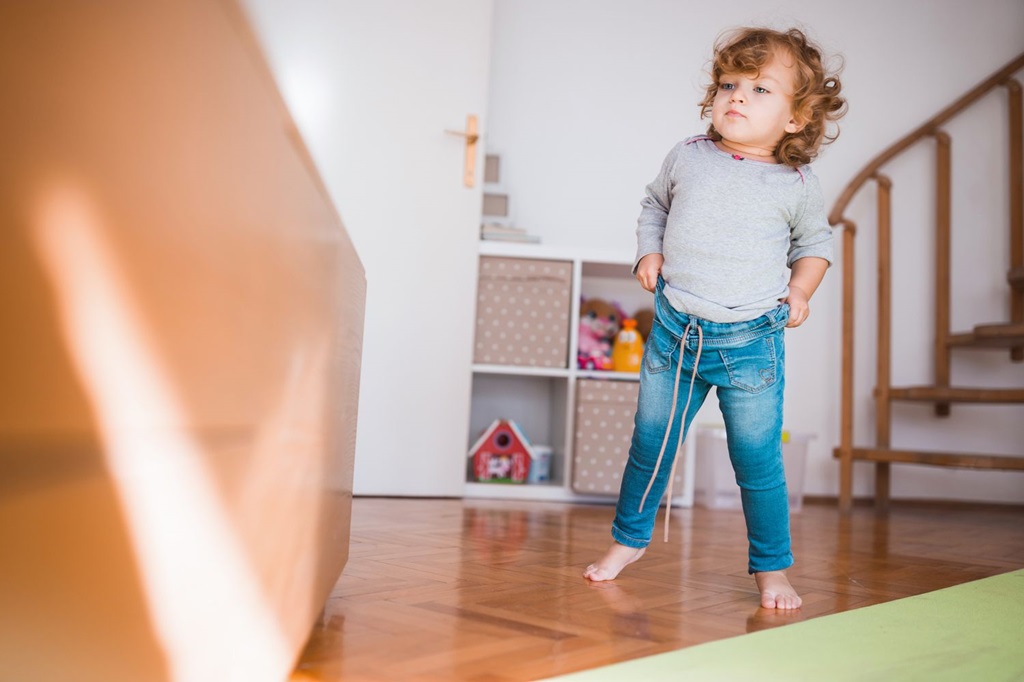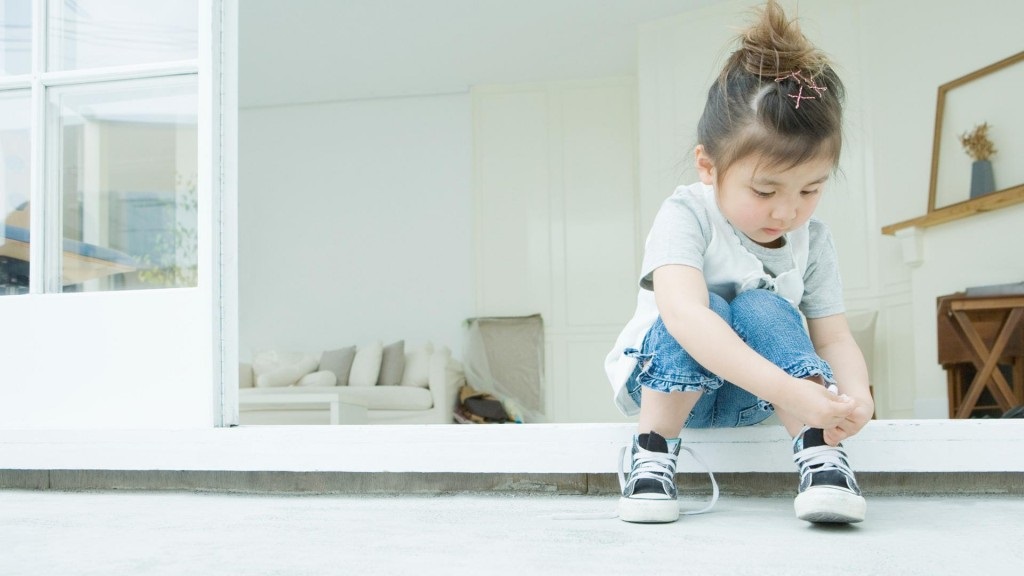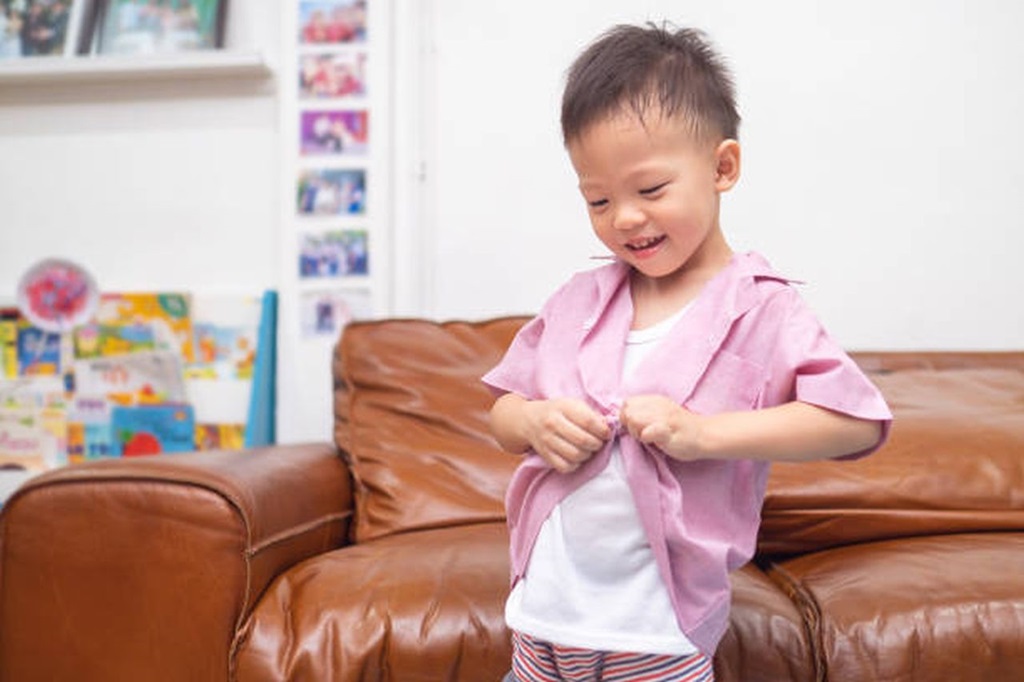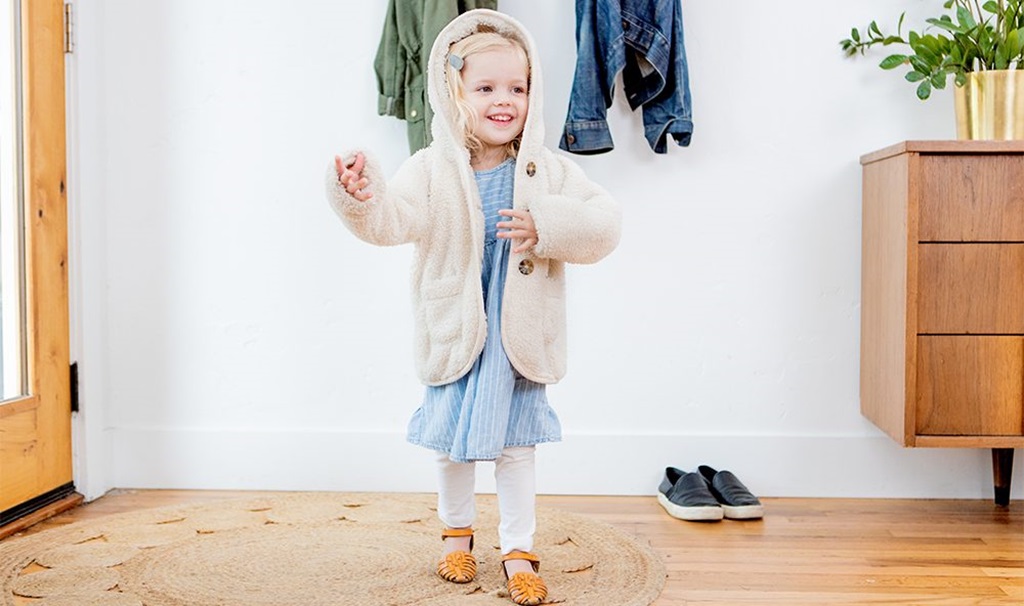How to teach children to dress themselves: The Ultimate Guide

Teaching children to dress themselves is more than a practical skill; it’s a crucial step in their journey towards independence. In this comprehensive guide, we’ll explore the importance of fostering this ability and the positive impact it can have on a child’s confidence.
Assessing Readiness
A. Age-Appropriate Milestones
Understanding the developmental stages is essential to determine when a child is ready to take on the responsibility of dressing themselves.
B. Recognizing Signs of Readiness
Beyond age, identifying cues such as interest and motor skills development is key to assessing a child’s preparedness.
Creating a Positive Environment
A. Choosing the Right Clothing
Selecting clothes that are easy to manage and suitable for a child’s developmental stage is the foundation of a positive dressing experience.
B. Designing a Child-Friendly Wardrobe
Organizing clothes in an accessible way empowers children to make their own choices and promotes independence.
Introducing Basic Skills
A. Putting On and Taking Off Socks
Starting with simple tasks like handling socks lays the groundwork for more complex dressing skills.
B. Buttoning and Unbuttoning
Gradually introducing buttons helps children develop fine motor skills and gain confidence in self-dressing.
Gradual Progression

A. Zippering and Tying Shoelaces
As children master basic skills, progressing to zippers and shoelaces builds on their dexterity and independence.
B. Choosing Outfits Independently
Encouraging autonomy in selecting outfits fosters creativity and a sense of personal style.
Encouraging Persistence
A. Dealing with Frustration
Navigating frustration is part of the learning process; teaching children to persevere is crucial.
B. Celebrating Small Victories
Acknowledging and celebrating each accomplishment reinforces a positive attitude towards self-dressing.
Incorporating Fun Activities
A. Turning Dressing Up into a Game
Transforming the process into a playful game activity makes learning enjoyable for children.
B. Making it a Bonding Experience
Involving parents or caregivers creates a supportive environment and strengthens the parent-child bond.
Dealing with Challenges
A. Addressing Sensory Sensitivities
Understanding and accommodating sensory needs is vital for children with sensitivities.
B. Navigating Resistance
Strategies for handling resistance and encouraging a positive attitude towards dressing independently.
Establishing Routine

A. Consistency is Key
Establishing a consistent routine helps children feel secure and confident in their ability to dress themselves.
B. Morning and Bedtime Rituals
Incorporating dressing into daily rituals creates a sense of structure and predictability.
Praising Efforts
A. Positive Reinforcement
Offering praise and positive reinforcement reinforces a child’s motivation and self-esteem.
B. Fostering a Sense of Accomplishment
Highlighting the sense of achievement in mastering self-dressing encourages ongoing efforts.
Transitioning to School
A. Preparing for Independence Outside the Home
Equipping children to handle dressing independently in school settings.
B. Collaboration with Teachers
Working with educators to support a child’s self-dressing journey in the school environment.
Adapting to Special Needs
A. Tailoring Strategies for Diverse Needs
Adapting the approach to suit individual requirements ensures inclusivity and success for all children.
B. Seeking Professional Guidance
Consulting with professionals can provide valuable insights for addressing specific challenges.
Safety Measures
A. Choosing Safe Clothing Items
Guidelines for selecting clothing that prioritizes safety and minimizes potential hazards.
B. Teaching Awareness of Clothing Hazards
Educating children about potential dangers associated with certain clothing items.
Staying Patient and Supportive

A. Acknowledging Individual Pacing
Understanding that every child progresses at their own pace promotes patience and empathy.
B. Fostering a Supportive Environment
Creating an atmosphere where mistakes are part of the learning process encourages a positive attitude.
Conclusion
In conclusion, teaching children to dress themselves is a rewarding journey that contributes to their overall development. By fostering a supportive and encouraging environment, parents and caregivers empower children to embrace independence confidently.
Frequently Asked Questions
-
At what age should I start teaching my children to dress themselves?
- The readiness varies, but you can begin introducing basic skills around the age of 2-3.
-
How can I make dressing up fun for my child?
- Turn it into a game, use colorful and interesting clothes, and involve them in the selection process.
-
What if my child resists learning to dress themselves?
- Be patient, acknowledge their feelings, and try incorporating fun elements into the process.
-
Are there specific clothing items I should avoid for safety reasons?
- Yes, avoid items with small buttons or loose strings that could pose a choking hazard.
-
Is it normal for progress to be slow?
- Absolutely. Each child learns at their own pace, so celebrate small victories and be patient throughout the journey.








